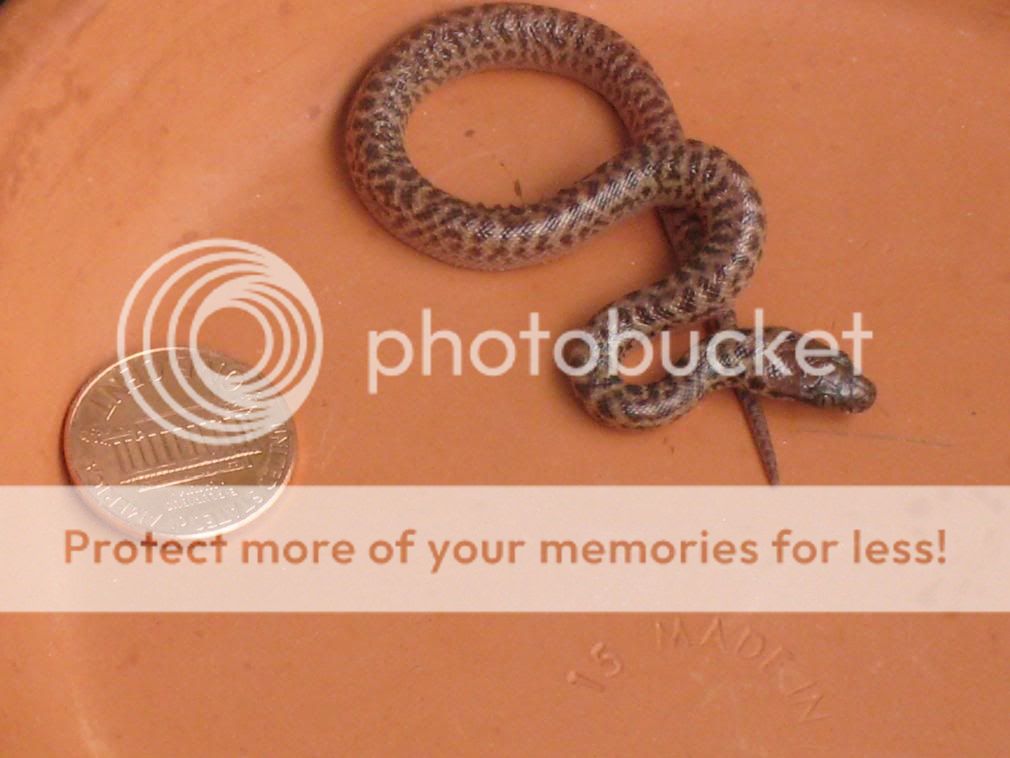Chamero
New Member
So I finally got some reptaid and am excited to use it.
My chameleon has not been confirmed for Coccidia but I want to administer Reptaid as a precautionary measure.
The directions say two 10-day regiments with a break of 2 days in between.
My guy is 170g, so have been giving him 1.5ml every day.
Im on the 4th day and am just wondering if this is correct.
Should I dose less if it is just for a precaution? Less frequency?
My chameleon has not been confirmed for Coccidia but I want to administer Reptaid as a precautionary measure.
The directions say two 10-day regiments with a break of 2 days in between.
My guy is 170g, so have been giving him 1.5ml every day.
Im on the 4th day and am just wondering if this is correct.
Should I dose less if it is just for a precaution? Less frequency?


